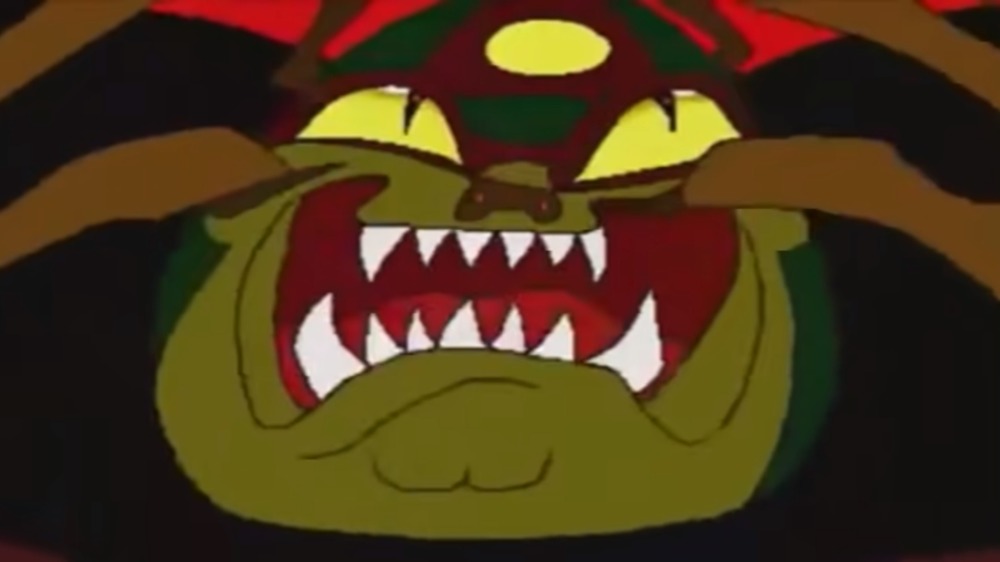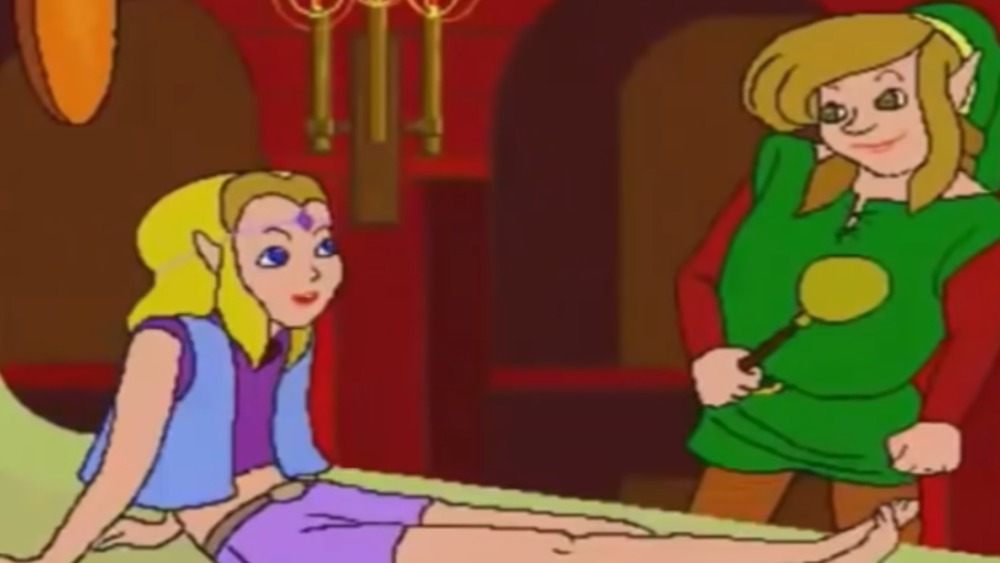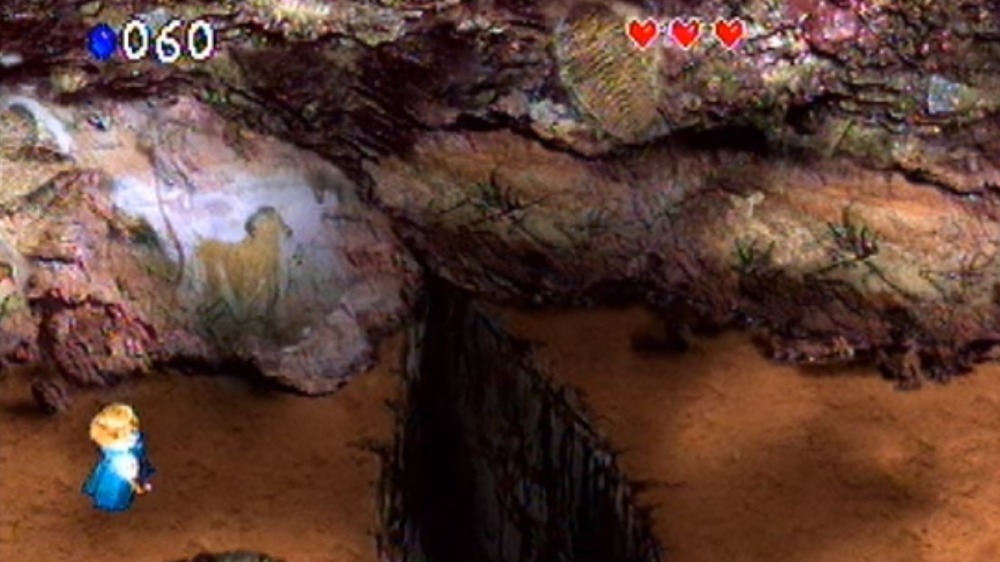The Embarrassing Zelda Games That Ended Up On Philips CD-I
The Philips CD-i will go down as one of the strangest yet most fascinating failures in video game history. What's even more wild is the fact that there were licensed Nintendo games featuring the biggest stars of the company — on a platform most well-known for the commercials starring the late Phil Hartman.
This all began when Nintendo was looking to create a CD-based add-on for the Super Nintendo. The first company to work with Nintendo on the project was Sony, and while the deal fell through, it did lead to the creation of the PlayStation and make Sony a household name in the world of video games.
Philips then worked with Nintendo to also make the CD add-on, which also fell through. However, during negotiations, Philips acquired the rights to Nintendo's favorite plumber and the Hero of Hyrule. Zelda 2: The Adventure of Link may have felt like an oddity in the franchise, but it has nothing on the three games for the CD-i: Zelda's Adventure, Link: The Faces of Evil, and Zelda: The Wand of Gamelon.
A less-than-dynamic duo
On Oct. 10, 1993, in North America, both Link: The Faces of Evil and Zelda: The Wand of Gamelon were released. These Zelda games were developed simultaneously and used the same graphics engine, same side-scrolling presentation, and same laughable cutscenes.
Link: The Faces of Evil sees Link looking for a new adventure. Suddenly, the wizard Gwonam appears and informs Link that Ganon has taken over the island of Koridai, and since Link is, according to legend, the only one who can defeat Ganon, he sets off to take on island's giant stone statues known as the "Faces of Evil." Princess Zelda gets captured along the way, and Link must save her yet again.
Zelda: The Wand of Gamelon centers around King Harkinian as he lends his aid to Gamelon, which is under attack from Ganon. The King tells Zelda that if she does not hear from him in a month, send Link to help. A month goes by with no word, so Link is sent. He also goes missing. Zelda and Impa set off for Gamelon to find and rescue both the king and Link.
The Triforce of terror is completed
Zelda's Adventure was developed by Viridis Corporation and released in North America in June 1994, with a European release a year later. The game is played from a top-down perspective, a callback to the original Legend of Zelda on NES. Ganon has captured Link, and it's up to Princess Zelda to find the seven celestial signs that were stolen, save Link, and restore order to the kingdom of Tolemac.
The game used FMV cutscenes as well as CD-quality audio as it tried to tap into the full power of the CD-i. However, since the CD-i wasn't built with video games as its main focus, the game suffered from issues such as audio stuttering and various graphical glitches. The world layout consisted of overhead images of Hawaii and even developer's vacation photos.
All three of these non-Nintendo Zelda games have been criticized heavily. While the first two games may have some defenders, the common feelings around all of these titles were quite negative even back then, and they definitely haven't aged well.



